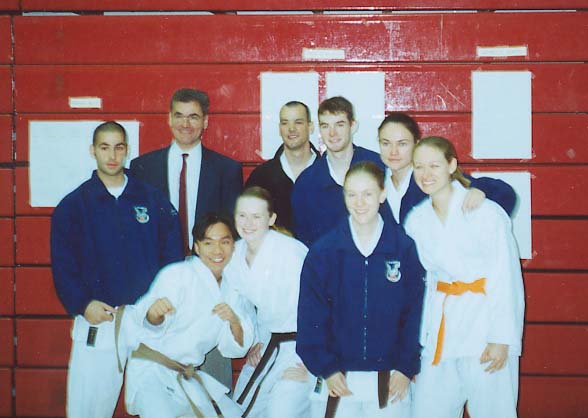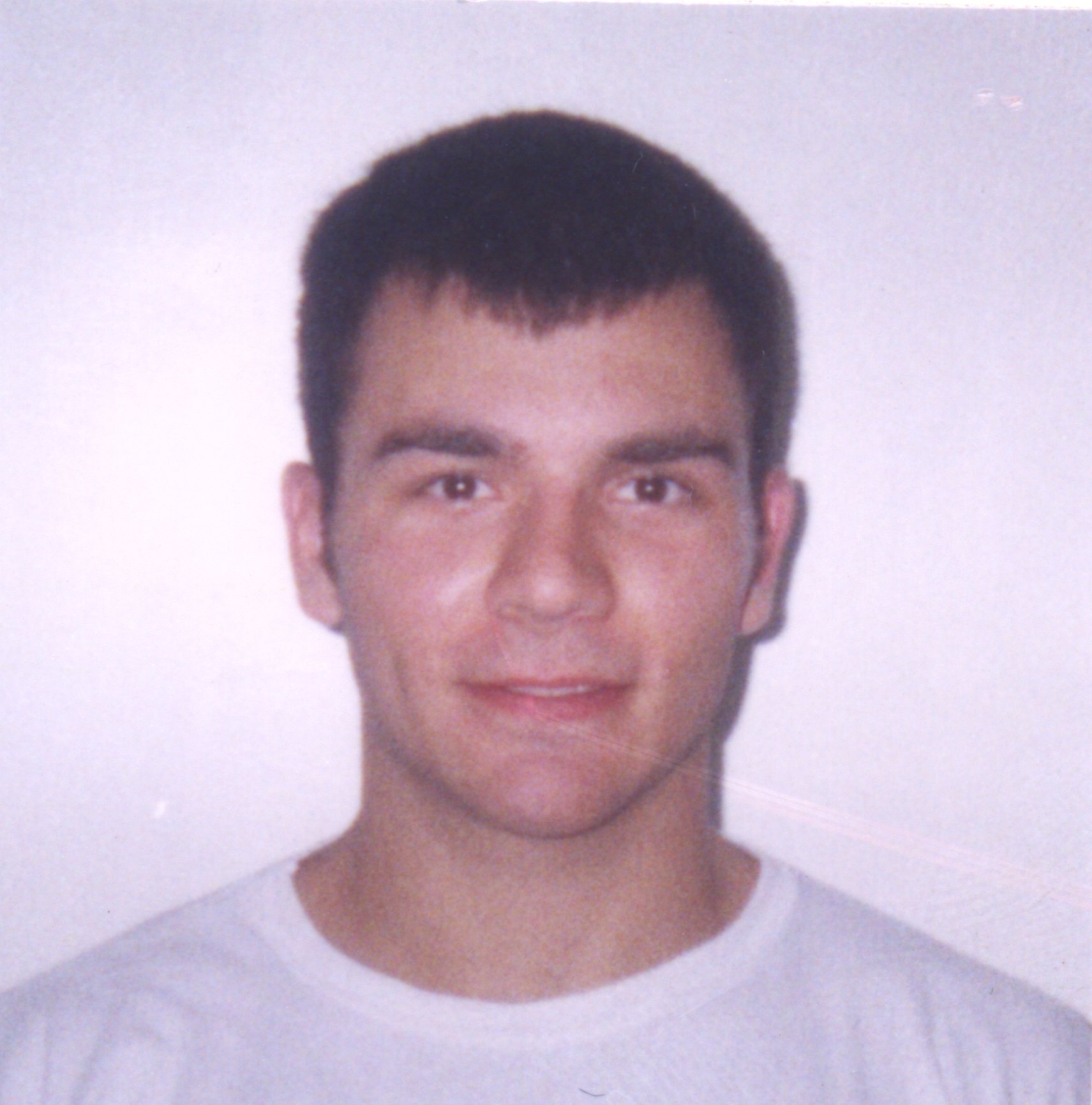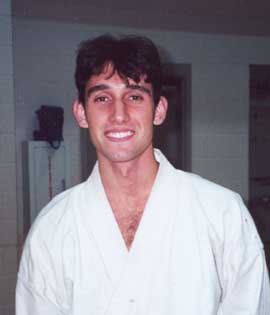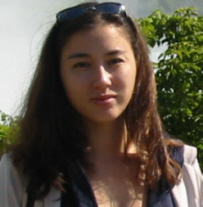ఒక ఈగ ఒక రోజు ఇల్లు అలుకుతూ అలుకుతూ దాని పేరు అదే మర్చిపోయింది. ఎంతాలోచించినా పేరు గుర్తు రాలేదు.

ఇంట్లో వున్న పెద్దమ్మకి పేరు తెలుస్తుందని వెళ్ళింది.
“పెద్దమ్మా, నా పేరేంటి?” అంది.
“నాకేమి తెలుసు, నేను రోజంతా ఇంట్లోనే వుంటాను, అడవిలో వున్న నా కొడుకునడుగు” అంది పెద్దమ్మ.
ఈగ అడవిలోకి వెళ్ళింది.
“పెద్దమ్మా; పెద్దమ్మ కొడుకా, నా పేరేంటి?” అంది.
“నాకేంతెలుసు, నేను నరుకుతున్న చెట్టునడుగు, నాకన్నా బలంగా వుంది” అన్నాడు పెద్దమ్మ కొడుకు.

“పెద్దమ్మా; పెద్దమ్మ కొడుకు, కొడుకు కొట్టే చెట్టు, నా పేరేంటి?” అంది ఈగ.

“నాకు తెలీదు, నన్ను కొట్టే ఈ గొడ్డలిని అడుగు”, అంది చెట్టు.
“పెద్దమ్మా; పెద్దమ్మ కొడుకు, కొడుకు కొట్టే చెట్టు, చెట్టు కొట్టే గొడ్డలీ, నా పేరేంటి?” అంది ఈగ.

“నాకన్నా పెద్దది, ఈ నదినడుగు” అంది గొడ్డలి.
“పెద్దమ్మా; పెద్దమ్మ కొడుకు, కొడుకు కొట్టే చెట్టు, చెట్టు కొట్టే గొడ్డలీ, గొడ్డలి పక్క నది, నా పేరేంటి?” అంది ఈగ.

“నా నీళ్ళన్నీ తాగేస్తున్న ఈ రాజుగారి గుఱ్ఱముంది కద, దీనిని అడుగు” అంది నది.
“పెద్దమ్మా; పెద్దమ్మ కొడుకు, కొడుకు కొట్టే చెట్టు, చెట్టు కొట్టే గొడ్డలీ, గొడ్డలి పక్క నది, నది నీళ్ళు తాగే గుఱ్ఱం, నా పేరేంటి?” అంది ఈగ.
“నాకు తెలీదు, నా కడుపులోని బిడ్డనడుగు” అంది గుఱ్ఱం

“పెద్దమ్మా; పెద్దమ్మ కొడుకు, కొడుకు కొట్టే చెట్టు, చెట్టు కొట్టే గొడ్డలీ, గొడ్డలి పక్క నది, నది నీళ్ళు తాగే గుఱ్ఱం, గుఱ్ఱం కడుపులో బిడ్డా, నా పేరేంటి?” అంది ఈగ.
గుఱ్ఱం పిల్ల, “ఇహి ఇహి ఇహి ఇహి ఇహి ఈగ!” అంటూ నవ్వింది!
అయోమొహం పెట్టుకుంది మన మతిమరుపు ఈగ.

 JOHN LOCHER/AP
JOHN LOCHER/AP BRYAN PACE/FOR NEW YORK DAILY NEWS
BRYAN PACE/FOR NEW YORK DAILY NEWS MIKE GROLL/AP
MIKE GROLL/AP JEFF BOTTARI/ZUFFA LLC VIA GETTY IMAGES
JEFF BOTTARI/ZUFFA LLC VIA GETTY IMAGES














 Okinawa is a small island of the group that comprises modern day Japan. It is the main island in the chain of Ryuku Islands which spans from Japan to Taiwan. Surrounded by coral, Okinawa is approximately 10 km (6 mi) wide and only about 110 km (less than 70 mi) long. It is situated 740 km (400 nautical mi) east of mainland China, 550 km (300 nautical miles) south of mainland Japan and an equal distance north of Taiwan. Being at the crossroads of major trading routes, its significance as a "resting spot" was first discovered by the Japanese. It later developed as a trade center for southeastern Asia, trading with Japan, China, Indo China, Thailand, Malaysia, Borneo and the Philippines.
Okinawa is a small island of the group that comprises modern day Japan. It is the main island in the chain of Ryuku Islands which spans from Japan to Taiwan. Surrounded by coral, Okinawa is approximately 10 km (6 mi) wide and only about 110 km (less than 70 mi) long. It is situated 740 km (400 nautical mi) east of mainland China, 550 km (300 nautical miles) south of mainland Japan and an equal distance north of Taiwan. Being at the crossroads of major trading routes, its significance as a "resting spot" was first discovered by the Japanese. It later developed as a trade center for southeastern Asia, trading with Japan, China, Indo China, Thailand, Malaysia, Borneo and the Philippines. In its earliest stages, the martial art known as "karate" was an indigenous form of closed fist fighting which was developed in Okinawa and called Te, or 'hand'. Weapons bans, imposed on the Okinawans at various points in their history, encouraged the refinement of empty-hand techniques and, for this reason, was trained in secret until modern times. Further refinement came with the influence of other martial arts brought by nobles and trade merchants to the island.
In its earliest stages, the martial art known as "karate" was an indigenous form of closed fist fighting which was developed in Okinawa and called Te, or 'hand'. Weapons bans, imposed on the Okinawans at various points in their history, encouraged the refinement of empty-hand techniques and, for this reason, was trained in secret until modern times. Further refinement came with the influence of other martial arts brought by nobles and trade merchants to the island.